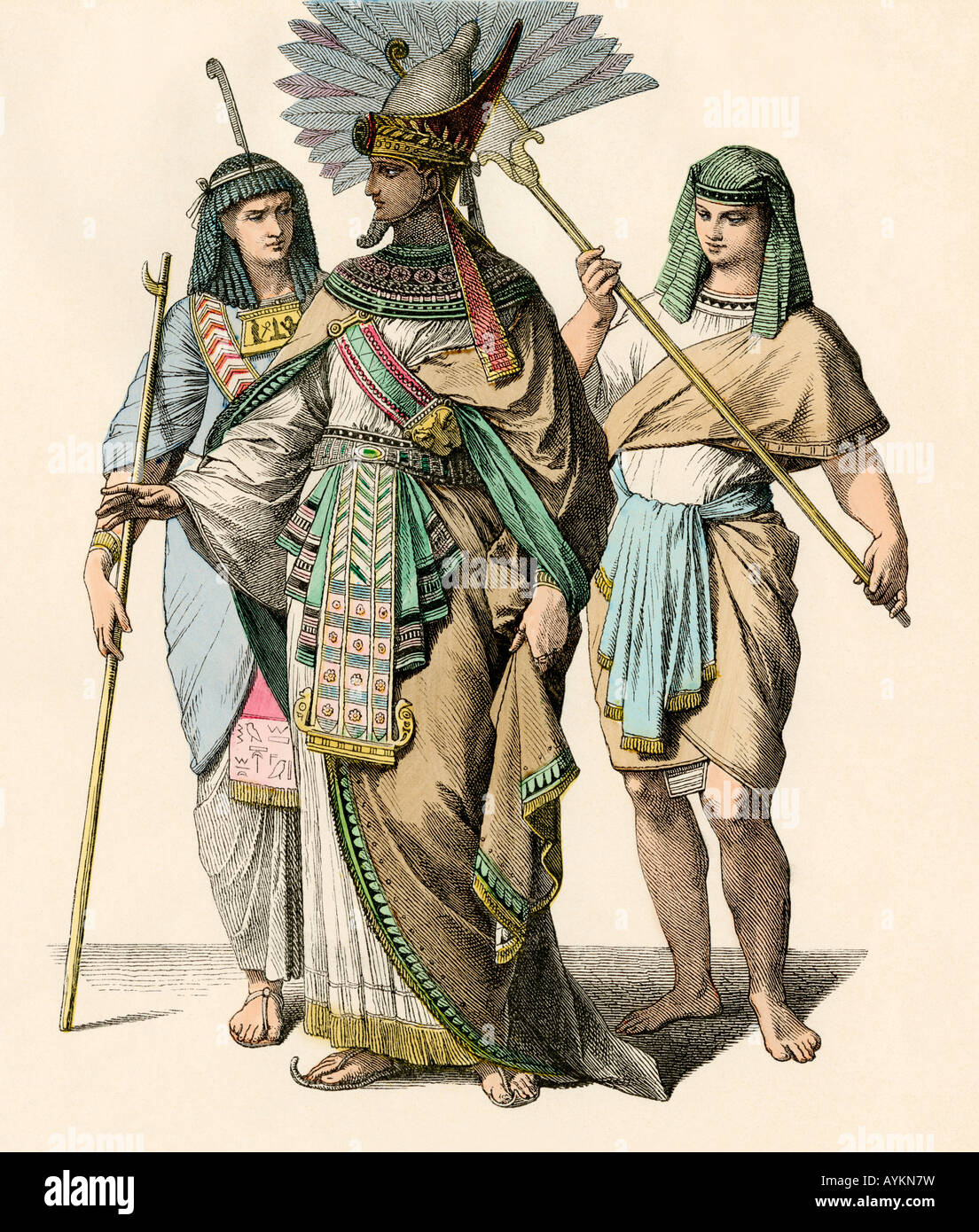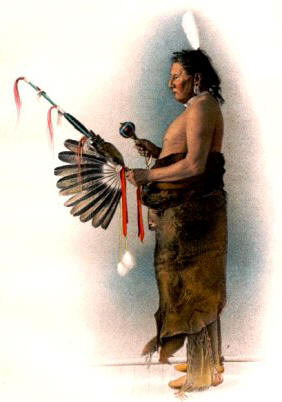Can anyone just do a love spell with Erzulie Freda? Someone asked me, referring to some wiccan spellbook.

While Metrisili is not Freda, they are both generally cool spirits, and share some of the same attributes, being both of the Ezili family of Lwa spirits. I view spirits such as these as cousins as they come from different branches of Voudou, Metrisili being our Dominican and Puertorican Sanse counterpart. Ezili Freda is much more femme fatale and coquette, whereas Metrisili is a more frigid, quiet, or serious, reserved and stately. Both Queens in their own right, but not the same spirit. They are spirits of the sweet waters, and river, whose blessings can flow into our lives. But rivers can swell, upset women vengeful, especially with too much bitter tears causing destruction. The mermaid or snake-women, such as La Sirene or Diosa del Mar, Filomena or Philomenez, are also seen as sister Ezilis, as well as the many other Ezilis and Anaisa's as part of the Metresa division. Metres Ezili or Metresa Ezili is a chief Sanse, over most female spirits in our tradition.
Firstly, initiates do not need to use the veve everytime. We either have the spirit or we don't, and this connection is inside us as initiates, as our spirit point, pwen or point of access and license, and other objects. The Lwa are not chosen, and at least not initially as we work with our 7 chief Lwa, spirits of the house (of which she is one in our lineage), and any personal Lwa first as a newly made priest-esses. Our veve we do have is passed down by lineage, among other practices, and my veve for Metrisili, or several other Lwa I have inherited are not publicly available anywhere, although they may have similarity, such as in her case the heart symbol and can be create or manipulated. If we did use say a veve from a book or the internet, we have songs, know how to make her lamp, or gestures and ways to manage Lwa, and for them to know our lineage.
An example but not the veve I use.
So I bet you can guess the answer to the question posed at the beginning of this entry, is likely NO.
Let me further explain why and about this Misterio.
The Ezili are not love goddesses, well for the most part as they have been popularly portrayed.
We do not just go to Ezili to do love work, or say Ogun to get a job as any Lwa is able to do anything for you in reason, they will just put their spin or flavor on it. We all need love, we all need currency, and so do the Lwa. Yes they do have their specialties, but it is not a pantheon as such to be worked this way necessarily, as what you have in your court and lineage is what you have. If we have 10 requests we do not necessarily go to 10 different Lwa. Yes if we have both those Lwa it makes sense to ask them for those things that they are more responsible for. Relationships can be built based on purity of intent, but this also may never happen with her as an outsider. She is not some archetypal Aphrodite.
Erzulie Freda is a highly sought after, but difficult lady to please. She is desired because as a spirit of purity she can break any black magick, as well as provide financial luck. She is used to luxury, so a candle and some convenience store chocolates are probably not just be enough with your spell or even what suits her fancy. She does not have to work. She has her choice of suitors.
Everything must be immaculately clean, including the practitioner and clothing set aside with her wash basin. She likes things sweet and well perfumed. She likes flowers, pink soda, champagne, cakes, jewlery, makeup, vanity items such as a mirror, fan as many female spirits do. Her altar or area is prepared the best as possible as a throne. Metrisli does not like strong liquor smells, bad thoughts, or tobacco smoke, violence, or swear words and loud noises. Her day is Thursday and she likes to be beside her husband Ogun Balendjo, as San Santiago, San Jacques Majeur. We mostly use pink and white, but her colors are baby pink, blue and white.Whereas Erzulie Freda may take a VirginaSlim cigarette, or other Ezilis a menthol or rarely has been reported to Metresili. Metresili does not like the dead because as she has said "they smell bad', as some may be unclean, they also make fun of her airs and seeming frivolity, such as the Ghede do with their jokes, and act improper.
She is a spirit of value and worth, whether it is family or gold, and social standing. Her loyalty is worth more than gold. Secondly she does not take kindly to most females or straight up ignore them. It is rarer that she will select females to concern herself with. Its not that she dislikes other females per se, as she is often around her other Ezilis. She is often misunderstood, and dislikes this and how women can treat each other. She dislikes how sometimes women have lower social standing, through degradation, and seeks to remedy this for herself. For this reason she is pictures as caucasian or mulatto/creole, to reflect how western society has in the past viewed standards of beauty, and as womens color translates to social standing in areas of european imperialism as intersected with the african slave trade in the new world.
She prefers men, and gay men. So why do women think they can ask a rival for help with a man, she may claim for her own, or just like to flirt with herself instead for fun? Perhaps she understands disappointment of unrealistic hopes and dreams and heartbreak of castles built in the clouds more than love, also being the spirit of tragic love. It is for that reason she is syncretized with the dolorosa, weeping for her son and humanity and a dagger in her heart. In her manifestation with her horses, she may start happy, on the happiest occasions, but will decline into tears. Maybe she will take an interest in your man, since you introduced him.
I am lucky to find myself in her favor, but Metrisili has her challenges, and is a more difficult Lwa to bring down, even as my met tet.
The problem for a women is if Erzulie takes an interest or is the man who is the object of your affection's head spirit. This is because this rada Lwa, although they are largely kindly if they are present, can cause you the reverse of what the good things in your life is to get attention or let themselves be known if they are not paid attention to. She may demand maraj, a Lwa marriage of certain men, in which certain days and a separate bed is maintained just for them. She can create love problems for a man, or with his human mate, when she is jealous over him. Which can be often. She holds marriage, a social contract, in high standing and will alert wives she is on good terms with to their husbands infidelity. Mande yo, tell me, haha. She is my confidante. It is not likely she will break a marriage up for you.
She can be a very wonderful and beneficial spirit to have no doubt. But there is a lack of cultural understanding for one to think she is one to approach just with a love spell, especially with your first introduction to her is a lack of decorum, she will likely not judge weak dedication well.
<3Sancista Siete Encruzhiladas































